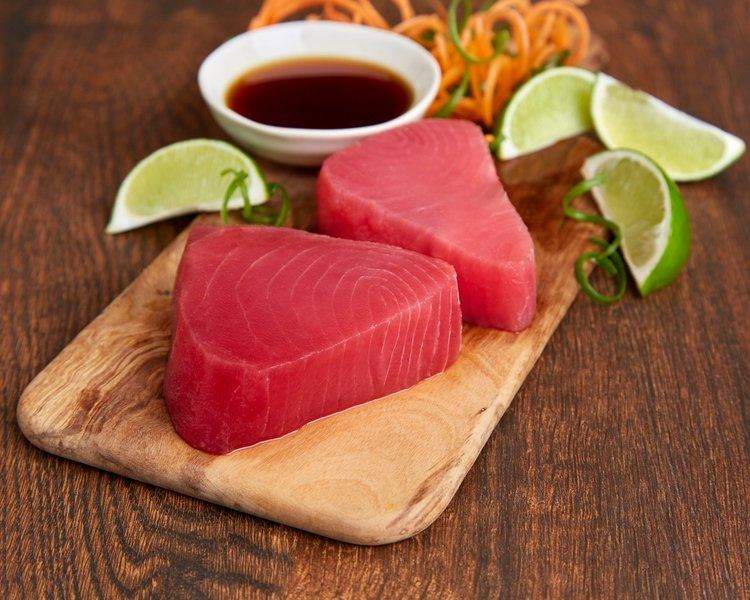(seafood.vasep.com.vn) Tuna is one of the products that have made good use of FTAs such as EVFTA and CPTPP to increase exports in the first months of 2022.

According to statistics of Vietnam Customs, after skyrocketing 108% to $88 million in the first month of the year, tuna exports to February 2022 continued to grow at a high rate of 57%, reaching $67 million. This number is nearly double that of February 2019, the time before the outbreak of the Covid-19 pandemic.
In the first 2 months of this year, apart from the US market, which had an export turnover of 80 million USD representing a growth rate of 99%, exports to the member markets of the new-generation FTAs with Vietnam also saw a surge in export values. Regarding the CPTPP bloc, exports to Canada increased by 52%, to Chile increased by 99%..., exports to the EVFTA bloc countries, namely the Netherlands increased sharply by 114%, Belgium increased by 163%...
Notably, exports to most markets in the EU increased sharply. By the end of February 2022, Vietnam's tuna export value to the EU reached nearly 24 million USD, up 52% over the same period last year. The Netherlands, Germany, and Belgium are the three largest importers of Vietnamese tuna in the first two months of this year. In particular, the Netherlands has risen from the 4th position to be the largest tuna import market of Vietnam in the EU, accounting for 3% of the total value of tuna exports.
It is expected that the growth trend of tuna exports to the EU will continue this year, as the economies of the Euro area are recovering again and reaching the same size as at the end of 2019, the time before the Covid-19 pandemic. This has boosted the demand for tuna in EU countries. In addition, the tariff preferences as agreed in the Free Trade Agreement between Vietnam and the EU (EVFTA) continue to create a driving force to promote Vietnam's tuna exports to Vietnam.
However, this year, due to the escalating conflict between Russia and Ukraine, Vietnamese tuna processing and exporting enterprises will continue to face challenges such as inflated transportation costs and production costs (fish prices, raw tuna, sunflower oil price, etc.). These issues are expected to impact product prices and reduce the competitiveness of tuna enterprises in export markets such as the EU.
In addition, the Import-Export Department - Ministry of Industry and Trade said that Vietnamese tuna will still be under great competitive pressure, and regulations and technical barriers will continue to render us disadvantaged in our second-largest exporting market. Seafood exporting countries will continue to compete fiercely and some European markets that intend to levy stricter regulations on tuna imported into this market.
In the CPTPP market bloc, tuna exports to many markets such as Canada, Peru, and Chile all increased over the same period.
In order to support businesses to make good use of the CPTPP to increase export turnover in general and tuna exports in particular, on March 23-24th, the Ministry of Industry and Trade (Department of Trade Promotion, Vietnam Trade Office in Mexico) coordinate with the Mexican Ministry of Economy to organize an online trade conference to promote trade and business cooperation between Vietnam and Mexico in 2022.
This conference aims to support localities, businesses, and cooperatives that supply Vietnam's agricultural, forestry, fishery, and food products to support their search for partners, connect business and export opportunities in the Mexican market. Nearly 60 Vietnamese and Mexican businesses have registered to participate in the conference, looking for opportunities to connect potential partners online and exchange and share information about the export potential of the two countries' strong products, as well as some issues to know when doing business in each other's market.
Some Vietnamese products that can take advantage of tax incentives in the CPTPP to boost exports to Mexico include pangasius, basa, tuna, rice, and textiles.
Compiled by Minh Trang
Source: VASEP